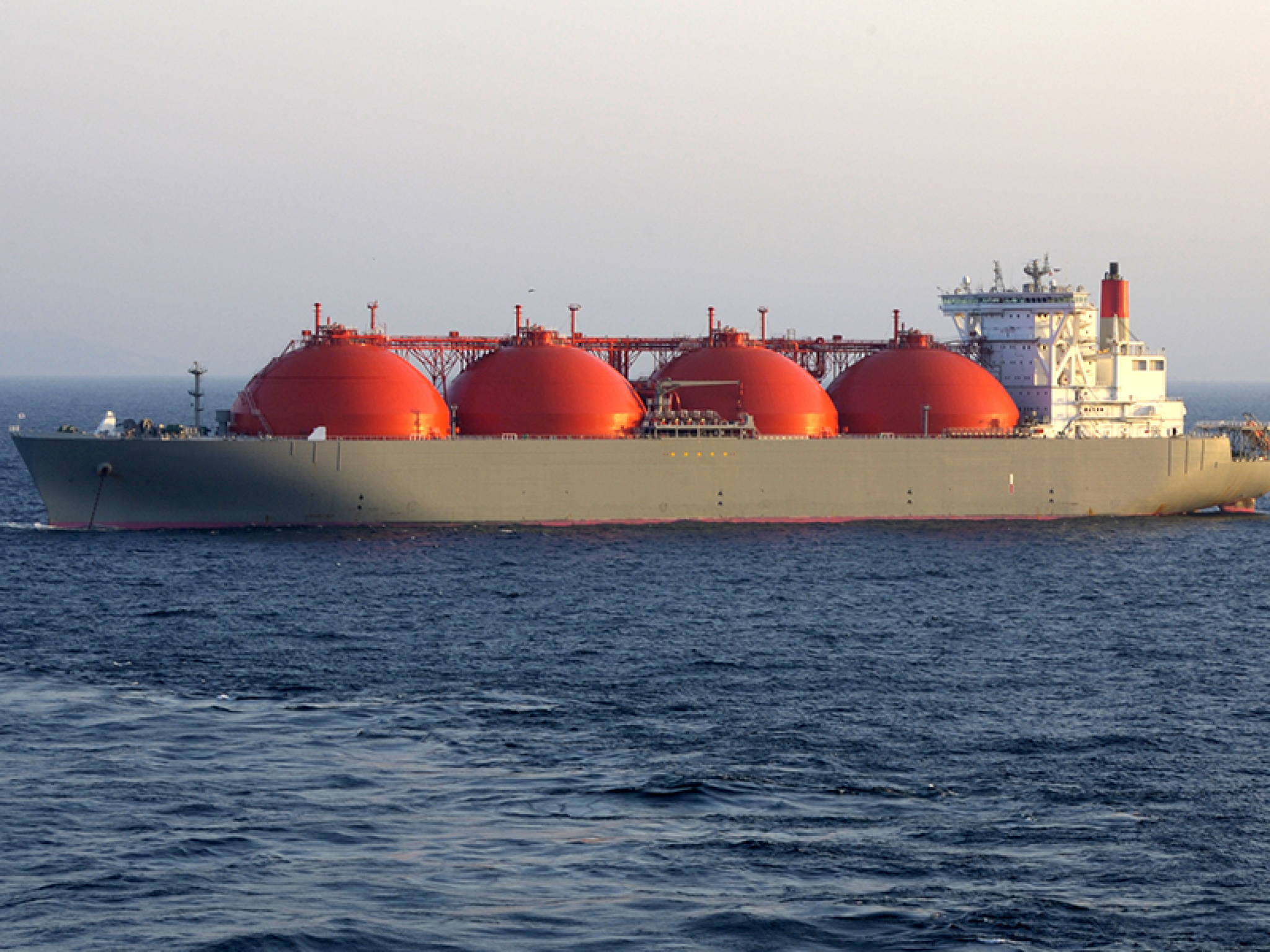
U.S. exports of liquefied natural gas (LNG) to China between February and April is down by 95% from the same period one year earlier, according to a Wall Street Journal analysis of Chinese government data. At the same time, LNG exports from Russia to China increased by 50% year-over-year for the same period.
What Happened: U.S. LNG exports to China were a crucial element of the Trump administration’s trade relations with China, and this carried over into the Biden administration.
Russia’s invasion of Ukraine in February resulted in European countries vowing to halt Russian gas imports, which opened a new export opportunity for U.S. suppliers. But this also sparked a dramatic increase in prices as European countries quickly sought out U.S. LNG.
At the same time, Russia turned its attention to China, which did not share Europe’s outrage over the Ukraine war. Russia’s lower gas prices, coupled with the slowing of the Chinese economy, made Russian LNG more cost-effective than the U.S. fuel.
See Also: Stock Wars: Chevron Vs. ExxonMobil
What Happens Next: The Journal reported that some Chinese firms are still negotiating deals with their U.S. partners. This new seesaw effect could create future problems for U.S. LNG suppliers who were planning multibillion-dollar infrastructure projects on the Gulf Coast that would have resulted in China-bound fuel.
Nonetheless, Russia’s new isolation from the European economies has resulted in stronger ties with China. Last week, Russian President Vladimir Putin held a lengthy telephone conversation with Chinese President Xi Jinping to reinforce their strengthening alliance.
The state-run China Daily reported that Xi pledged to “work with Russia to strengthen communications and coordination within important international and regional organizations … this will help promote solidarity and cooperation among emerging market economies and developing countries and promote the development of the international order and global governance in a more just and reasonable direction.”
Photo: U.S. Department of Energy.







